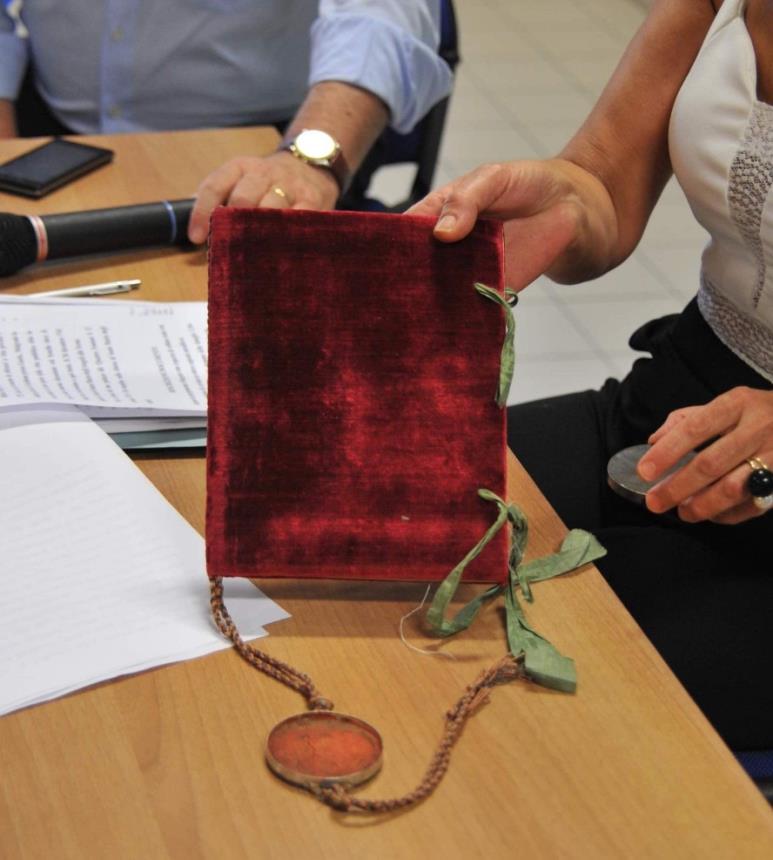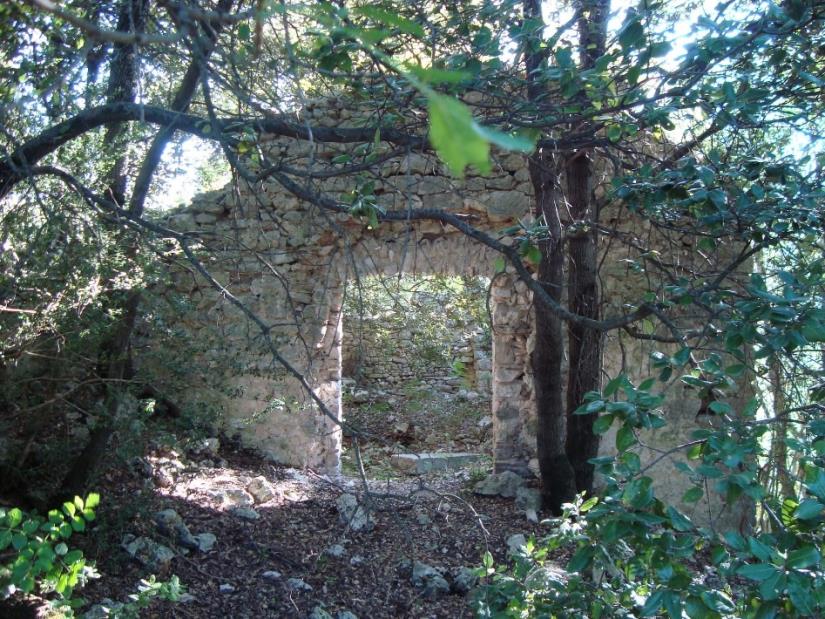
17th Century Manuscript Traces Templar Knights Treasure to Heretical Umbria
A link to the treasures of the Templar Knights have come to light by way of a 17th-century manuscript, discovered by a historian, Giovanni Tomassini, in the small village originally called Ferentum illi, (now known as Ferentillo), nestled in the green valleys of Umbria near the Nera river, not far from the city of Terni in Italy.

The picturesque Ferentillo (Image: Author provided)
History Of Ferentillo
Ferentillo has an ancient history. The Nera valley was already inhabited in pre-Roman times by the Naharki people, a curious tribe belonging to what Pliny defined as gens antiquissima (very ancient gens). Even in Roman times the area enjoyed prominence as it was located near the Via Flaminia, which was built on the ancient route that led from the Salto del Cieco to Rome. The village, whose genesis is to be connected to the history of the nearby Abbey of San Pietro in Valle, belonged to the noble Cybo family until the 18th century, when it was inherited by the Montevecchio and then, by decision of the Apostolic Chamber and Pope Pius IX, it was granted to the Frenchman Louis Désiré de Montholon-Sémonville, until it was definitively annexed, after the wars of independence, by the Kingdom of Italy in 1860. Aside from its long history, the entire territory has an enigmatic aura that stubbornly challenges any attempt to demystify it. Ferentillo, is located near Spoleto, famous for having been the seat of the Cathars and Anglicans and a secular role player on the side of the Catholic Church of Rome.
- Greed and Decline: The Treasure of the Knights Templar and Their Downfall
- The Fall of Spirituality: The Blood-Soaked History of the Cathars
- Suffering the Conquerors: 5 Worst Genocides in Ancient History
Giovanni Tomassini, author of the book ‘Gli ultimi custodi del Tesoro templare’ (The Last Guardians of the Templar Treasure) relates according to a legend known in France and England, but absolutely unknown in Italy, the ‘Treasure of the Templars’ was believed to have passed to a secret place near Spoleto. The story relates that: “In the year 1318 more than 3,000 knights met in Spoleto (Umbria, Italy) to decide future of its Order. Two factions opposed each other: those who wanted to avenge the Templars and those who wanted to protect the secrets of Cavalry. The second faction eventually decided the future of the Order ". In Spoleto there is no evidence of such an event, but the historian thinks he has identified the location where this meeting of the Knights took place.

17th-Century Manuscript ‘Historia del Ducato di Ferentillo’ (Image: Author provided)
Giovanni Tomassini
Giovanni Tomassini is an engineer with an active interest in historical research for many years. His 16th-century home is located in Ferentillo, among olive groves and vineyards. Of his hometown he remarks: “This is the place where I lived, a place that has witnessed the entire history of Italy. Here history has crystallized, stratifying in a complex way that requires careful re-reading.” The tall, affable man with a reassuring white mustache, is always ready to draw little-known anecdotes from the past derived from dusty and ancient tomes recovered from around the world. The five books written by Tomassini are the physical testimony that history can still be looked at from a completely new and different perspective.

One of the entrances to the convent of San Giovanni Battista (Image: Author provided)




